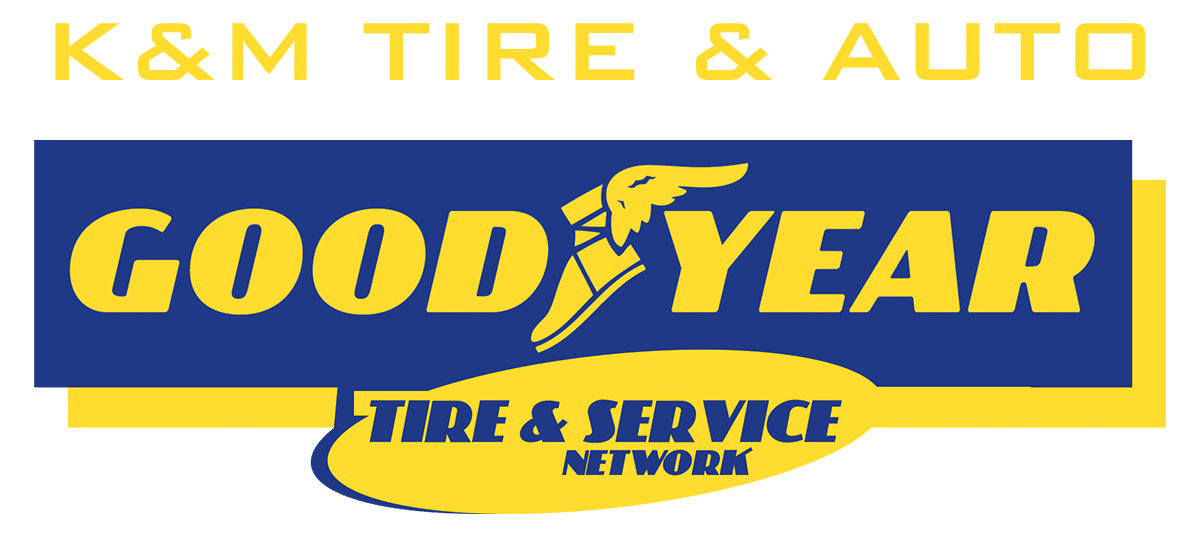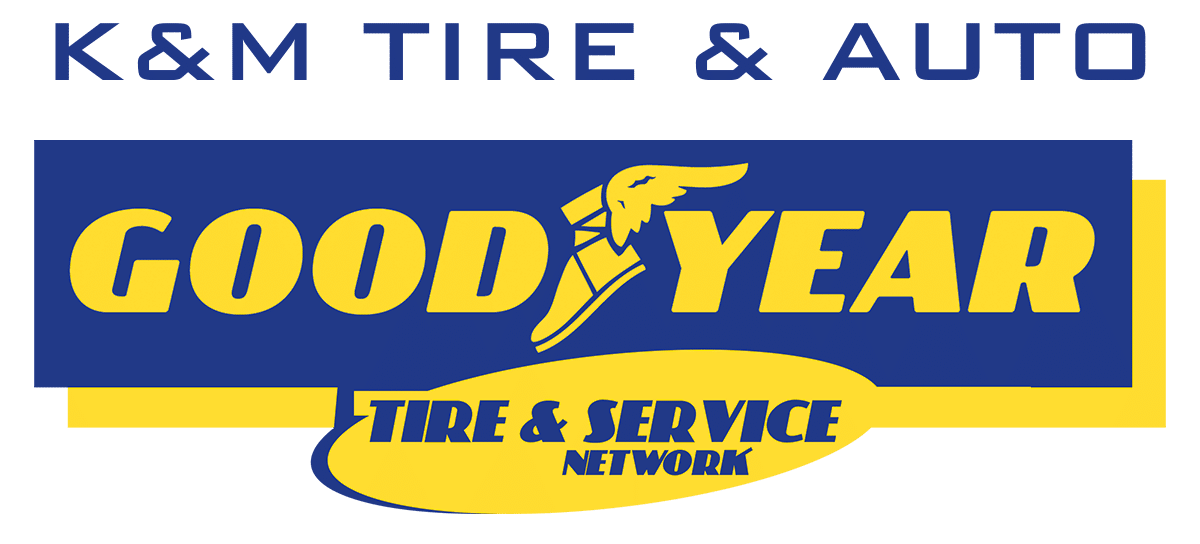Do you know what is as equally important as your car’s engine? The tires. Without properly maintained tires, your vehicle’s safety and performance will deteriorate. Even though the wheel is one of our earlier creations, maintaining modern tires may be challenging. That’s why in this comprehensive guide to tire care, we’ll go over some basic tire maintenance procedures. Let’s start!
Maintain Proper Tire Pressure
When the air pressure in your tires is too low, you may encounter challenges with your car’s acceleration, braking and steering. When the tires are cool and the time is right, you should check the pressure in your tires once a month. It may sound a little bit too much, but this should be done before each drive. Prepare yourself for the possibility that you will discover you need to fix the air pressure.
Rotate The Tires As Often As Possible
Simply rotating your tires every so often ensures that they will wear out more evenly throughout their lifetime, which can significantly extend their usefulness. You can probably guess that the location of your tires on the automobile has a significant impact on how quickly they wear out.
For instance, the front tires of a vehicle with front-wheel drive are the ones that are used to create power and move the vehicle ahead; hence, these tires wear out more quickly than the rear wheels. To a similar extent, the rear tires of a vehicle with rear-wheel drive will perform the majority of the work, and as a result, they will likely wear out more quickly than the front tires.
When rotating your tires, you need to take into consideration a variety of rotation patterns, since different types of vehicles cause tires to wear out in different ways. The rotation patterns are explained here:
- Front-wheel drive vehicles – take out the front tires and move them so that they are now on the back of the same side. Take the tires from the back of the vehicle and move them to the front of the vehicle on the opposing side. For instance, you should move the right front tire to the right rear position, and you should move the left rear tire to the right front position.
- Rear-wheel drive vehicles – The method for cars with rear-wheel drive is similar to the rotation pattern for vehicles with front-wheel drive, but it is performed in the other direction. Take the tires from the back of the vehicle and put them on the front of the vehicle on the same side. The next step is to move the front tires to the back of the vehicle, which requires you to turn the vehicle around. For instance, you should rotate your right rear tire to the position of the right front, and you should rotate your left front tire to the position of the right rear.
- All-wheel drive vehicle – To change the direction of motion for a vehicle with all-wheel drive, just rotate in a crisscross pattern. To put it another way, the left front tire of the car should move to the right rear side, and the right rear should move to the left front side.
Get Tire And Wheel Alignment
You know you have alignment problems when you have to hold the steering wheel at an odd angle just to keep the car going straight. In addition to uneven tire wear, other signs might include a vibrating steering wheel, a vehicle that pulls to one side, or both.
It’s easy to see how hazardous it would be to drive a car that wasn’t properly aligned. You run the danger of a blowout and it might be quite difficult to drive. As a result, if you’ve had any of the issues mentioned, it’s time to get an alignment.
And just what does it mean to get your tires “aligned”? A tire alignment is a process of adjusting the inclination of the wheel and tire assemblies concerning the vehicle’s suspension. Camber, caster, and toe are the three primary angles that an alignment addresses.
Balance Your Tires
Tires that aren’t balanced properly wear down quickly and prematurely. Tires should be balanced whenever they are replaced, rotated, or when new wheels are installed.
Change The Tires In Accordance With The Season
You should change the tires periodically throughout the year, just like the seasons change. Having both summer and winter tires is highly suggested. Various driving conditions call for different types of tires, thus manufacturers make them both. Use of summer tires in the winter and vice versa might cause premature tire wear.
Replace The Tires As Needed
If you want to know when you should change your tires, look no further than the tread. When the wear bar in your tire becomes visible, it’s time to change your tires. Do the Bluenose test if you are unsure of what to look for. Put a penny into the tread with the Bluenose’s sail pointing down. If the sails can be seen above the tire, it’s time to replace the wheels.
Don’t Spin The Tires Excessively
When your car becomes stuck in the snow, ice, mud, or sand, you should not spin the tires excessively. The tires might overheat and be ruined if you do this. Simply rock your vehicle back and forth slowly and gently to loosen it. When trying to push a stalled vehicle or using an on-car spin balance equipment, you should never stand close to or behind a spinning tire.
Conclusion
Your tires are an integral part of your car. They’re the sole protection from the road beneath when driving. In addition to maintaining your safety, regular tire maintenance may save you money. Properly cared-for tires have many perks, including increased longevity, reduced fuel consumption, enhanced performance, and, most importantly, increased safety!


